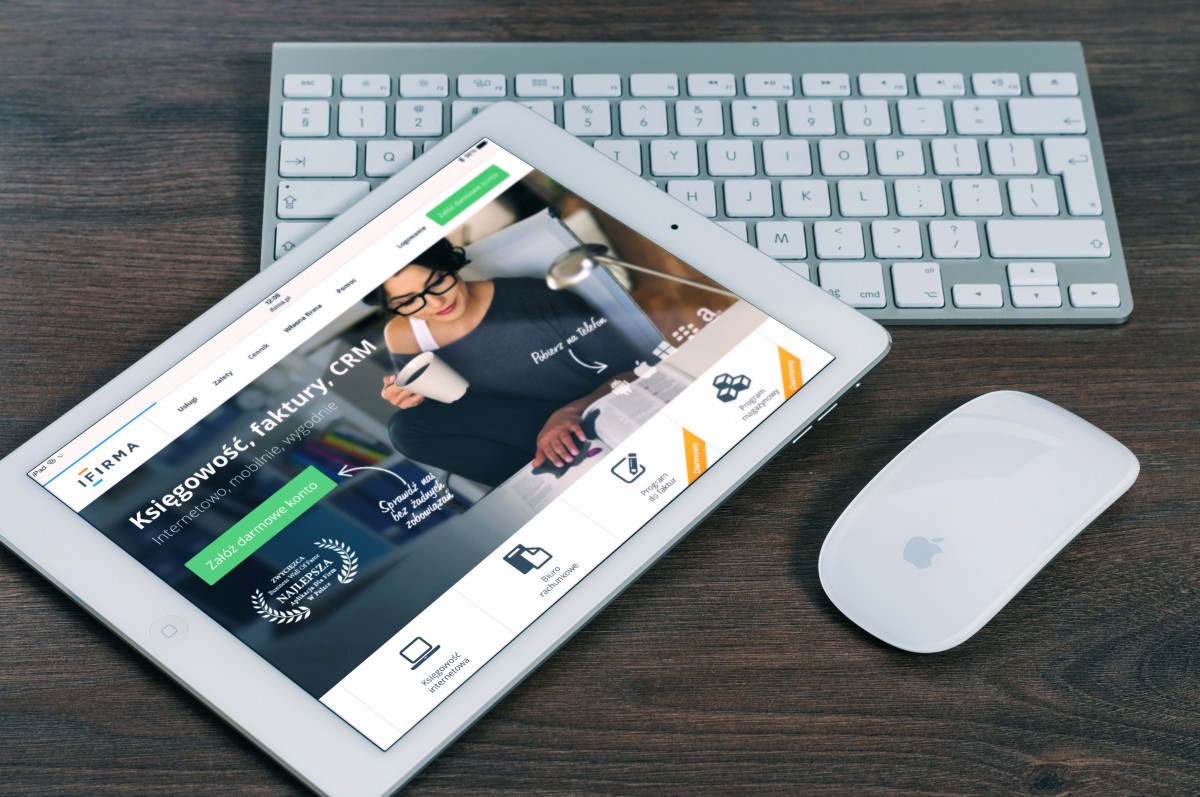ios版的香蕉视频在线观看免费网站下载大全,ios香蕉视频 app
视频与社交网站:一场内容创作与观看体验的革命
随着智能手机和互联网的发展,视频平台和社交网站已经成为我们日常生活的重要组成部分。尤其是在移动设备上,视频内容的观看变得更加便捷和多样化。尤其是“iOS版的香蕉视频在线观看免费网站下载大全”这一关键词,吸引了大量用户关注。如何选择合适的视频平台?哪些应用提供了最佳的视频观看体验?这些问题是每个用户都在思考的。
本文将从多个维度探讨视频平台的使用体验,提供专业的测评,帮助用户做出明智选择。我们还会通过一些实际案例和用户反馈,帮助大家更好地了解如何在视频平台上获得更多乐趣。

目录
- 视频平台概述
- 视频平台的分类
- 选择视频平台的标准
- iOS版香蕉视频在线观看免费网站下载大全
- 香蕉视频的特点
- 支持平台与设备兼容性
- 用户评价与使用反馈
- 专业测评:视频平台的性能对比
- 视频质量与加载速度
- 用户界面与操作体验
- 广告影响与收费政策
- 常见问题解答(FAQ)
- 如何选择适合的免费视频平台?
- 为什么香蕉视频在iOS设备上表现出色?
- 视频平台中如何避免广告干扰?
- 真实用户案例
- 用户A:如何用香蕉视频解决闲暇时光
- 用户B:从传统电视到智能手机的过渡
1. 视频平台概述
视频平台的分类
现代视频平台大致可以分为两类:视频分享平台和在线视频流媒体平台。前者主要以用户生成内容(UGC)为主,例如YouTube;后者则注重提供专业内容和高清播放,例如Netflix和爱奇艺。选择合适的播放平台,首先要清楚自己的需求——是追求最新的娱乐新闻?还是更看重高清画质和无广告播放体验?
选择视频平台的标准
在选择视频平台时,以下几个标准需要特别关注:
- 视频内容的多样性:平台是否提供丰富的内容选择,包括电影、电视剧、直播等?
- 视频画质与加载速度:观看体验是否流畅,是否支持高清、4K等高质量视频播放?
- 设备兼容性:是否支持多设备观看,包括手机、平板、电视等?
- 广告干扰:广告对观看体验的影响有多大,是否有去广告的选项?
- 收费模式:是免费提供还是需要订阅,订阅费用如何?
2. iOS版香蕉视频在线观看免费网站下载大全
香蕉视频的特点
香蕉视频作为一款专注于提供免费在线播放服务的平台,凭借其高质量的内容和简洁的用户界面吸引了大量用户。特别是在iOS平台上,香蕉视频的表现更为突出,支持最新的iOS系统,并且提供了超清画质和流畅的播放体验。
支持平台与设备兼容性
香蕉视频不仅支持iOS和Android设备,还兼容PC端,提供灵活的观看选择。无论你是在外出时使用手机,还是在家里通过电视观看,香蕉视频都能为你提供高质量的视频内容。
用户评价与使用反馈
根据用户反馈,香蕉视频的优势在于流畅播放、丰富内容以及清晰的界面设计。不少用户表示,香蕉视频为他们带来了更自由的观看体验,特别是在空闲时间,观看起来既轻松又不受打扰。
3. 专业测评:视频平台的性能对比
为了帮助大家更清晰地了解各种视频平台的优劣,我们进行了以下的测评对比。
| 视频平台 | 视频质量 | 加载速度 | 用户界面 | 广告影响 | 价格 |
|---|---|---|---|---|---|
| 香蕉视频 | 高清/4K | 快速 | 简洁 | 低广告 | 免费 |
| 爱奇艺 | 高清/4K | 中等 | 繁杂 | 高广告 | 部分免费,订阅可去广告 |
| 优酷 | 高清/4K | 快速 | 简洁 | 中广告 | 部分免费,订阅可去广告 |
| YouTube | 高清/4K | 快速 | 简洁 | 高广告 | 部分免费,订阅可去广告 |
视频质量与加载速度
香蕉视频在视频质量上提供了高清和4K两种选择,满足了大部分用户的需求。加载速度方面,香蕉视频表现优秀,特别是在移动设备上,几乎没有延迟。
用户界面与操作体验
香蕉视频的界面设计清新简洁,操作也非常直观。用户可以轻松找到自己想看的内容,并快速开始播放。
广告影响与收费政策
香蕉视频的免费版本广告较少,并且不会频繁弹出,保证了观看体验的流畅。而其他平台如爱奇艺、优酷等则会有较多广告干扰,虽然有付费版本可以去广告,但需要额外花费。
4. 常见问题解答(FAQ)
如何选择适合的免费视频平台?
选择免费视频平台时,首先要考虑内容的多样性和质量。香蕉视频作为一个免费的平台,提供了丰富的内容库,适合喜欢观看各种类型视频的用户。平台的广告影响也是选择的重要因素,香蕉视频的广告干扰较少,提供更好的观看体验。
为什么香蕉视频在iOS设备上表现出色?
香蕉视频在iOS平台上优化得非常好,支持最新的iOS版本,并且提供超清的画质,确保视频播放流畅无卡顿。这使得它成为iOS用户的热门选择。
视频平台中如何避免广告干扰?
大部分视频平台的广告可以通过订阅VIP或付费版本来去除。对于不愿意支付费用的用户,香蕉视频提供了少广告的免费版本,是一个不错的选择。
5. 真实用户案例
用户A:如何用香蕉视频解决闲暇时光
“我是个上班族,平时没有太多时间看电视。香蕉视频让我在等公交、午休等碎片化时间里,都能享受高清的电影和电视剧。我喜欢它简洁的界面和快速的加载速度,广告也不多,看得很爽。”
用户B:从传统电视到智能手机的过渡
“以前我只在电视上看视频,但自从用上了香蕉视频,移动设备上的观看体验让我彻底告别了传统电视。我可以随时随地观看自己喜欢的节目,而且视频质量超赞。”
通过上述内容,您可以更清楚地了解到香蕉视频在iOS设备上的表现,如何选择适合自己的免费视频平台,以及平台性能的详细对比。无论是追求高清画质,还是寻求流畅的播放体验,香蕉视频都能满足您的需求。希望本篇文章能够帮助您做出更明智的选择,享受视频带来的乐趣。
